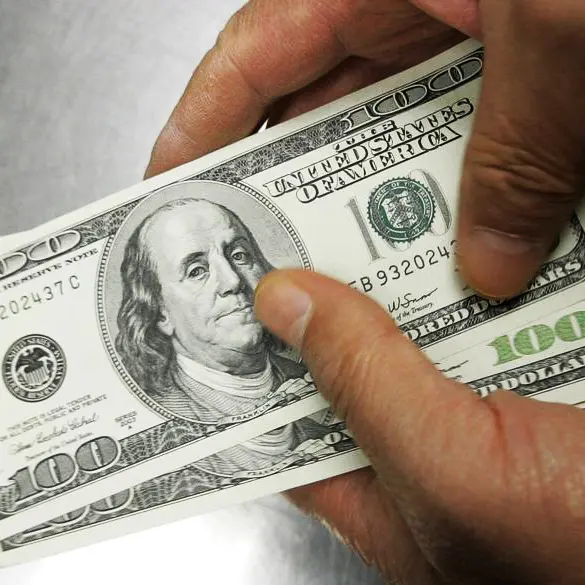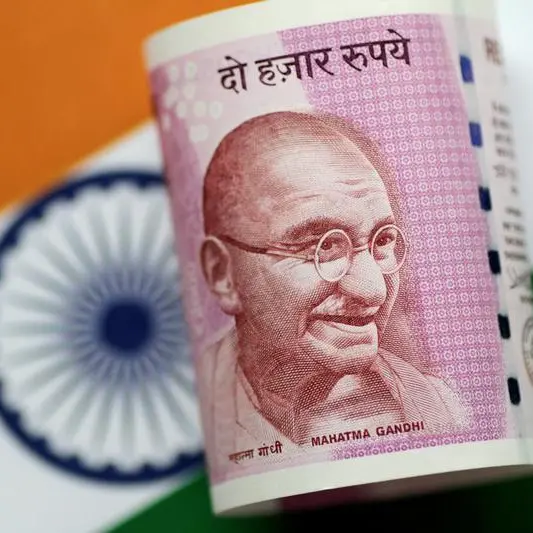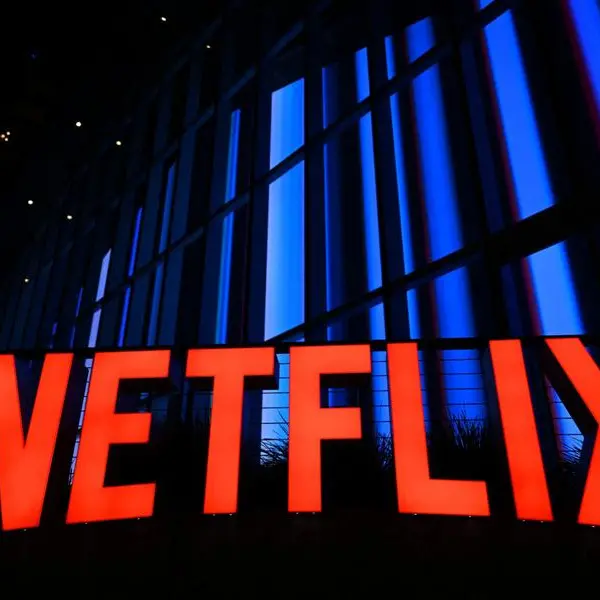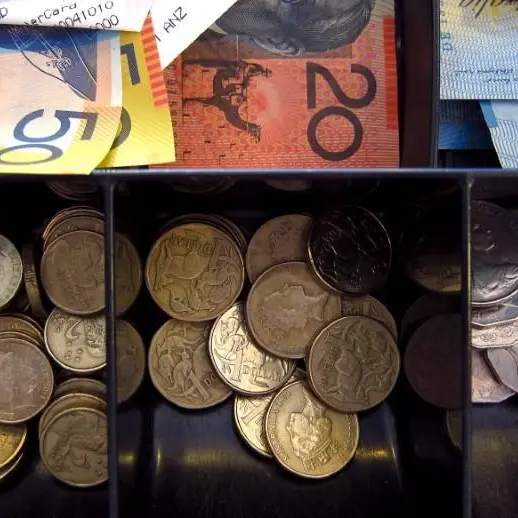The outlook for the sovereign creditworthiness for GCC countries is stable over the next 12 to 18 months, due to supportive oil prices and higher hydrocarbon production, Moody’s Investors Service said on Tuesday.
Supportive oil prices and higher production than in 2021 will strengthen public finances in 2022, providing governments with greater fiscal capacity to support the economic recovery and diversification efforts, and more time to implement fiscal reforms, the ratings agency said in a report.
‘Our outlook for sovereign creditworthiness in 2022 in the GCC is stable overall, reflecting our expectations for the fundamental conditions that will drive sovereign credit over the next
12-18 months, relative to 2021,’ Moody’s said.
Moody’s noted that significantly higher oil prices and recovering economic activity, helped by rapid vaccination rollouts, supported sovereign credit quality in the GCC region in 2021. It added that government finances will continue to strengthen, although balance-sheets remain weaker than pre-pandemic for many GCC sovereigns.
‘Fiscal positions will continue to improve in 2022. Our baseline projections assume that oil prices will average US$65-US$70 per barrel in 2022, broadly in line with the average price in 2021 and around 60 per cent higher than the average in 2020.’
‘We also assume that oil production will gradually rise under the OPEC+ agreement to fully unwind the 2020 cut in crude oil output by September 2022,’ Moody’s said. This, the ratings agency said, will boost government finances, as the median contribution of hydrocarbon revenue to GCC sovereigns’ total revenue is around 70 per cent.
Under Moody’s baseline assumptions for 2022, Qatar and the UAE will return to fiscal surpluses, Oman and Saudi Arabia will run small deficits of less than 1 per cent of GDP, while Bahrain’s and Kuwait’s deficits will narrow modestly, but remain wide.
‘Fiscal balances have generally strengthened from pre-pandemic. Compared with 2019, when oil prices were at similar levels to our 2021-22 assumptions, fiscal balances will be stronger in Oman, Qatar, Saudi Arabia and the UAE in 2022 because of revenue raising and expenditure rationalisation measures,’ the ratings agency said.
Moody’s noted that Oman became the fourth GCC country to roll out a value added tax at a rate of 5 per cent in April 2021, and introduced a mandatory government employee retirement programme to reduce the government wage bill.
‘The transfer of government spending related to oil and gas production to a newly created state-owned entity [Energy Development Oman] also contributes to the reduction in the fiscal deficit in Oman, but at the cost of higher borrowing at the broader (non-government) public sector level,’ it said.
For Oman, Moody’s said that the sultanate’s gross borrowing requirements in 2022 will remain lower than 2020 and pre-pandemic levels because of a significantly strengthened fiscal position, although buffers have been gradually declining.
Growth set to accelerate
The ratings agency said that the pick up in economic growth will also support fiscal positions in Oman and other GCC countries. Moody’s expects higher hydrocarbon production to provide a fillip to the ongoing economic rebound in GCC countries in 2022, with growth rates set to accelerate.
‘The hydrocarbon sector will grow by 7.4 per cent in 2022, after a 0.5 per cent contraction in 2021, and contribute more than two percentage points to real, inflation-adjusted GDP growth for the region,’ Mooday’s said.
‘As for the non-hydrocarbon sector, the easing of coronavirus-related restrictions and the gradual reopening of borders is likely to drive further recovery, with the sector growing by 3.6 per cent in 2022 after expanding by 4 per cent in 2021 and also contributing around two percentage points to real GDP growth,’ Moody’s said.
© Apex Press and Publishing Provided by SyndiGate Media Inc. (Syndigate.info).











